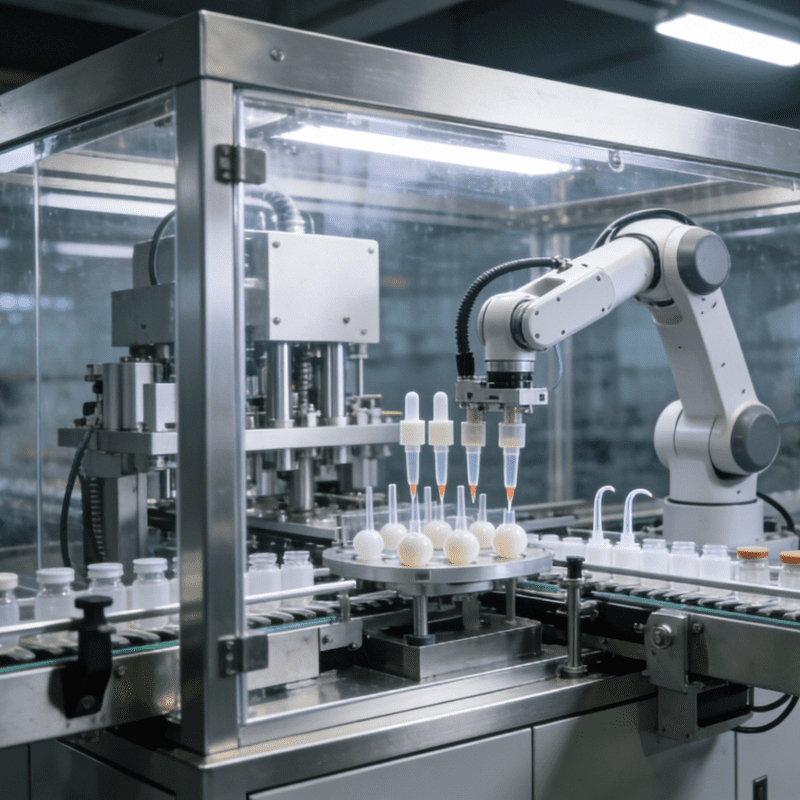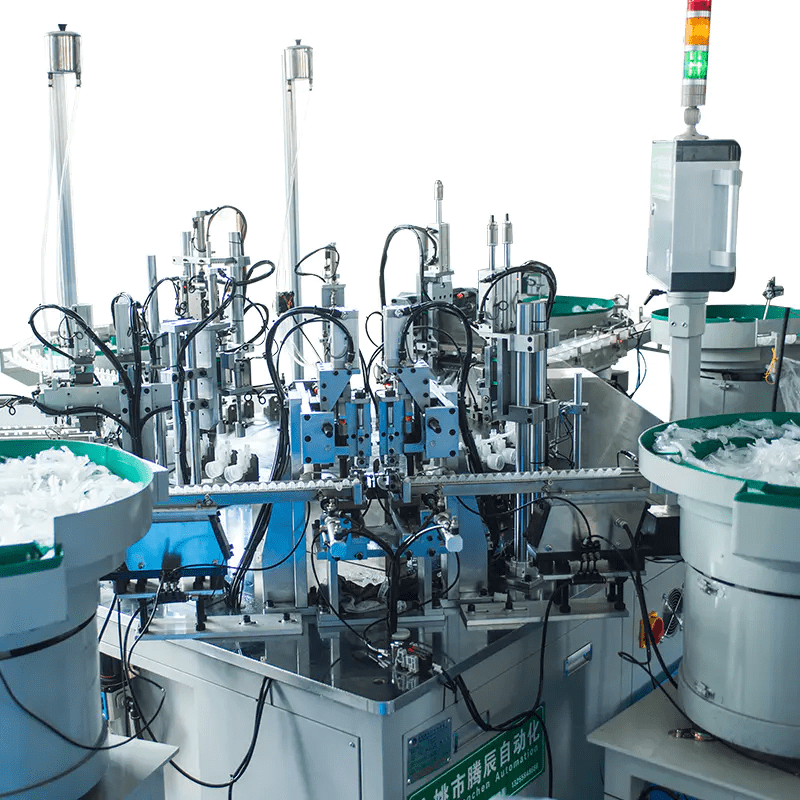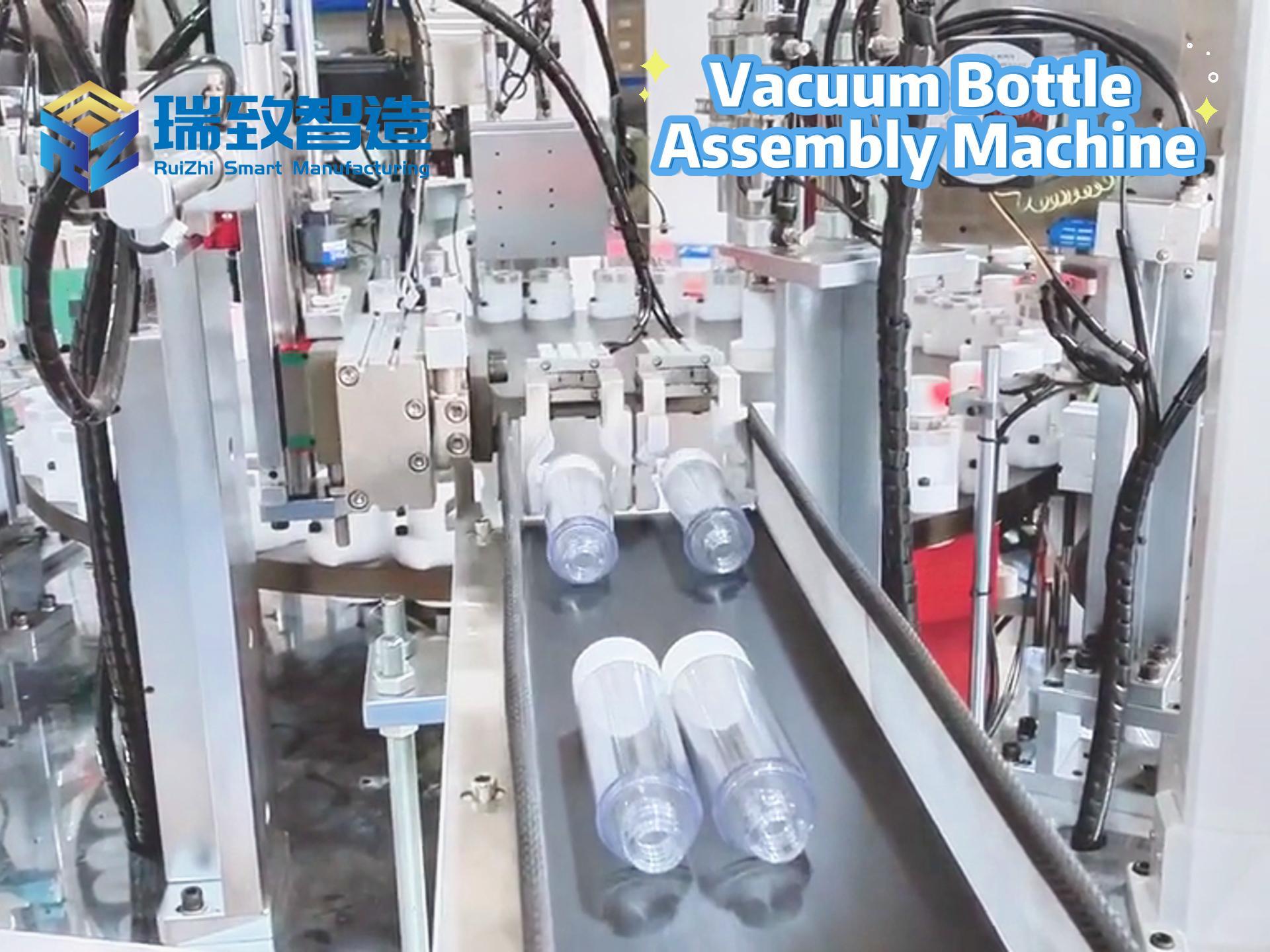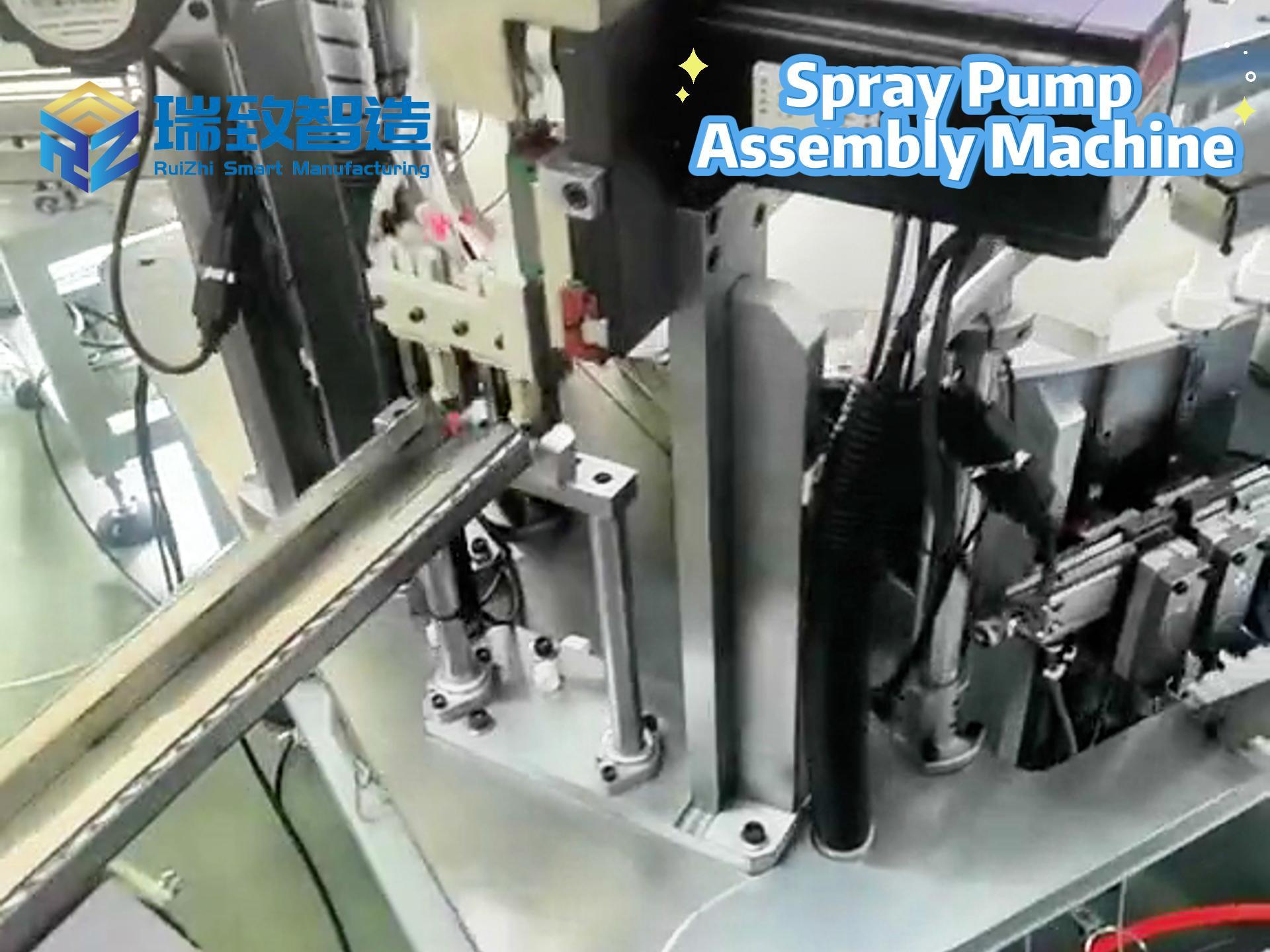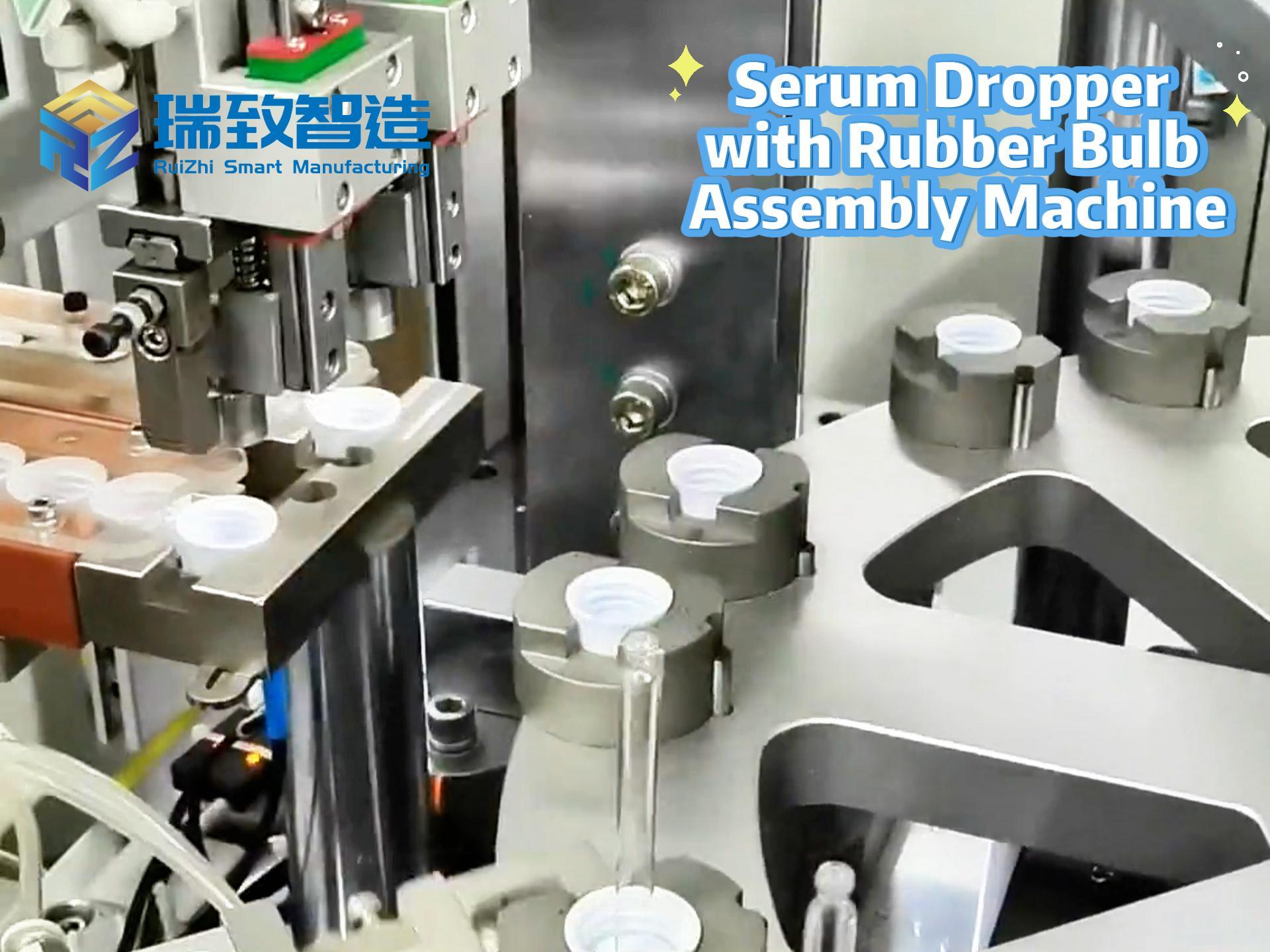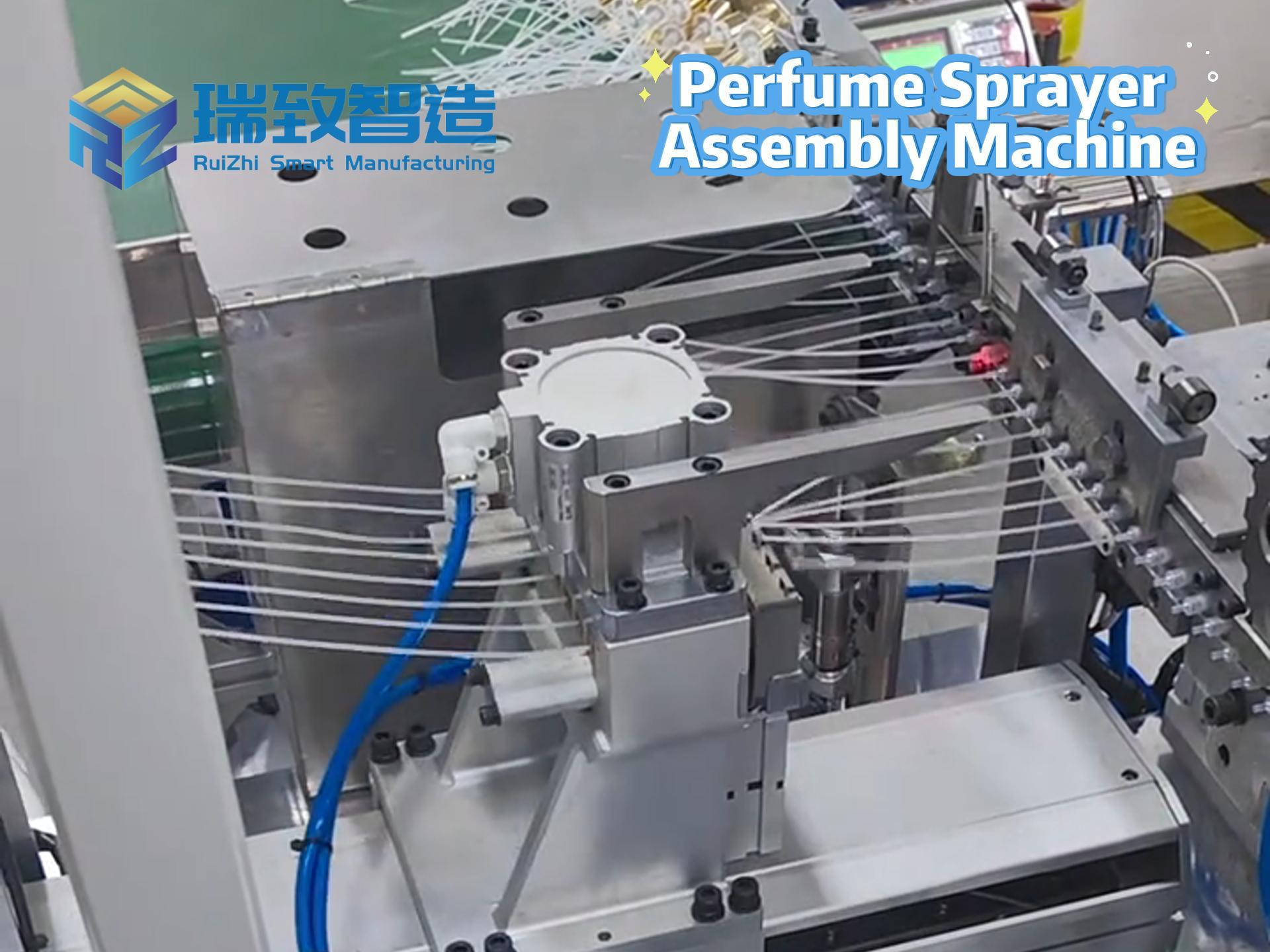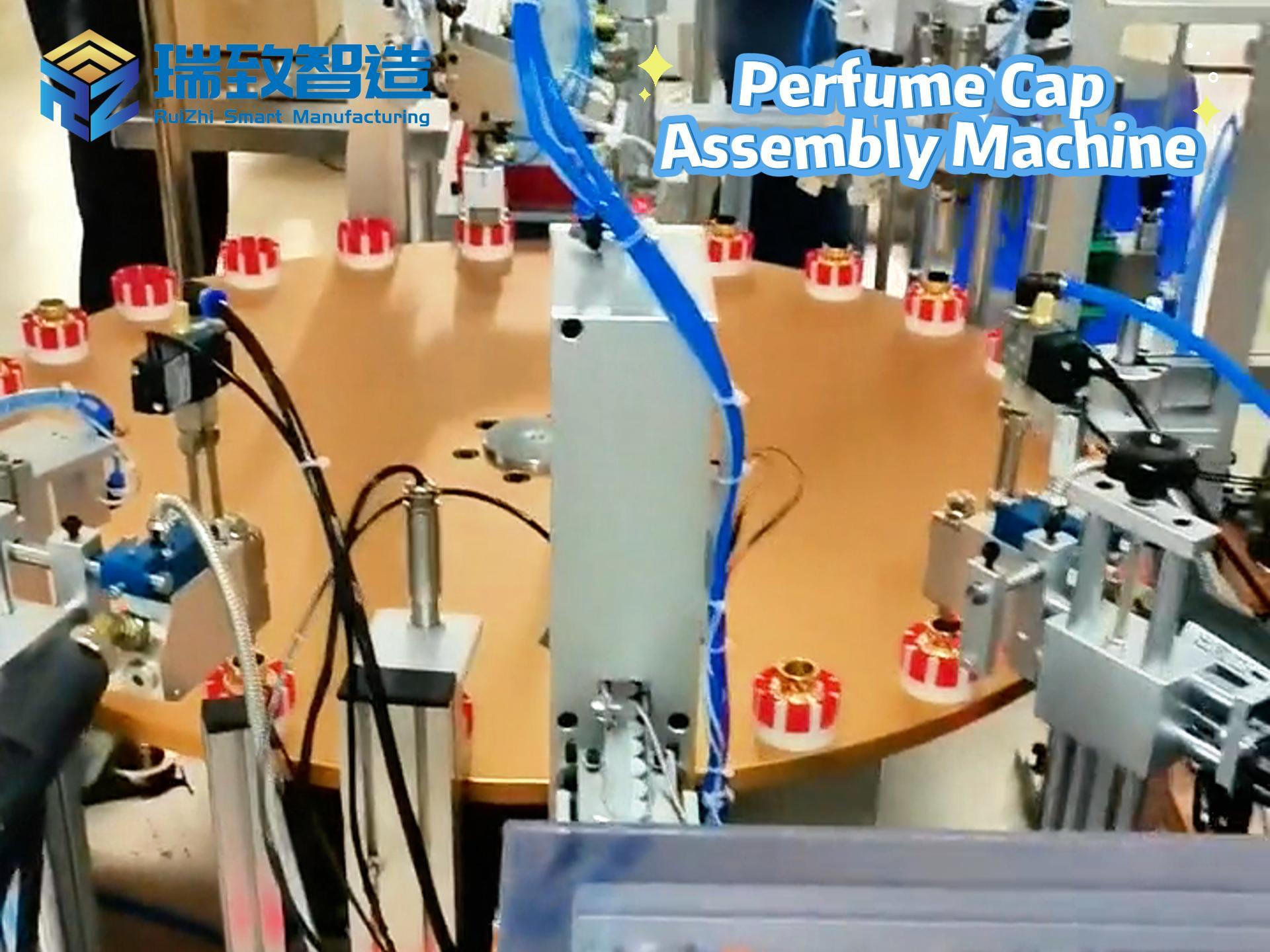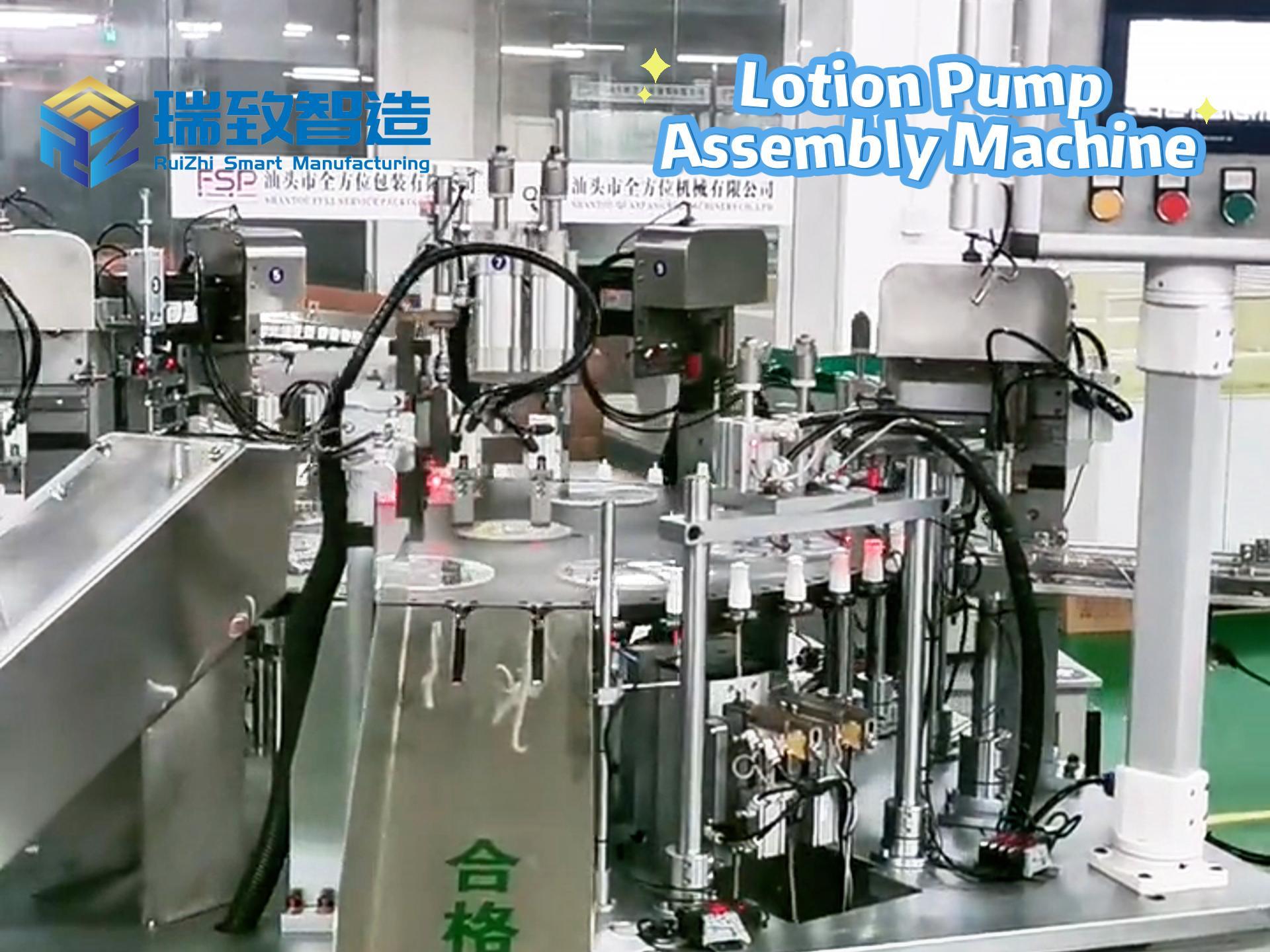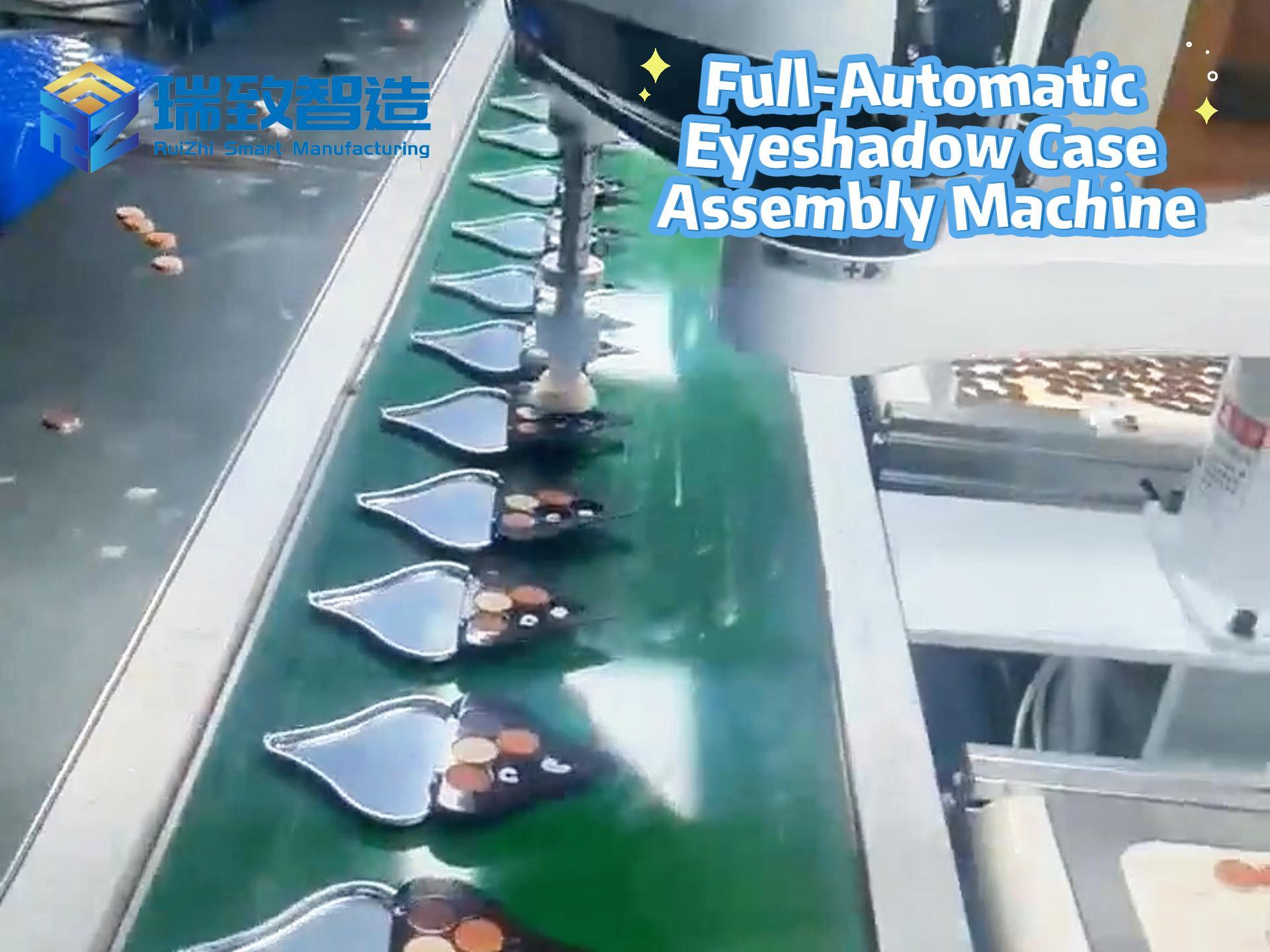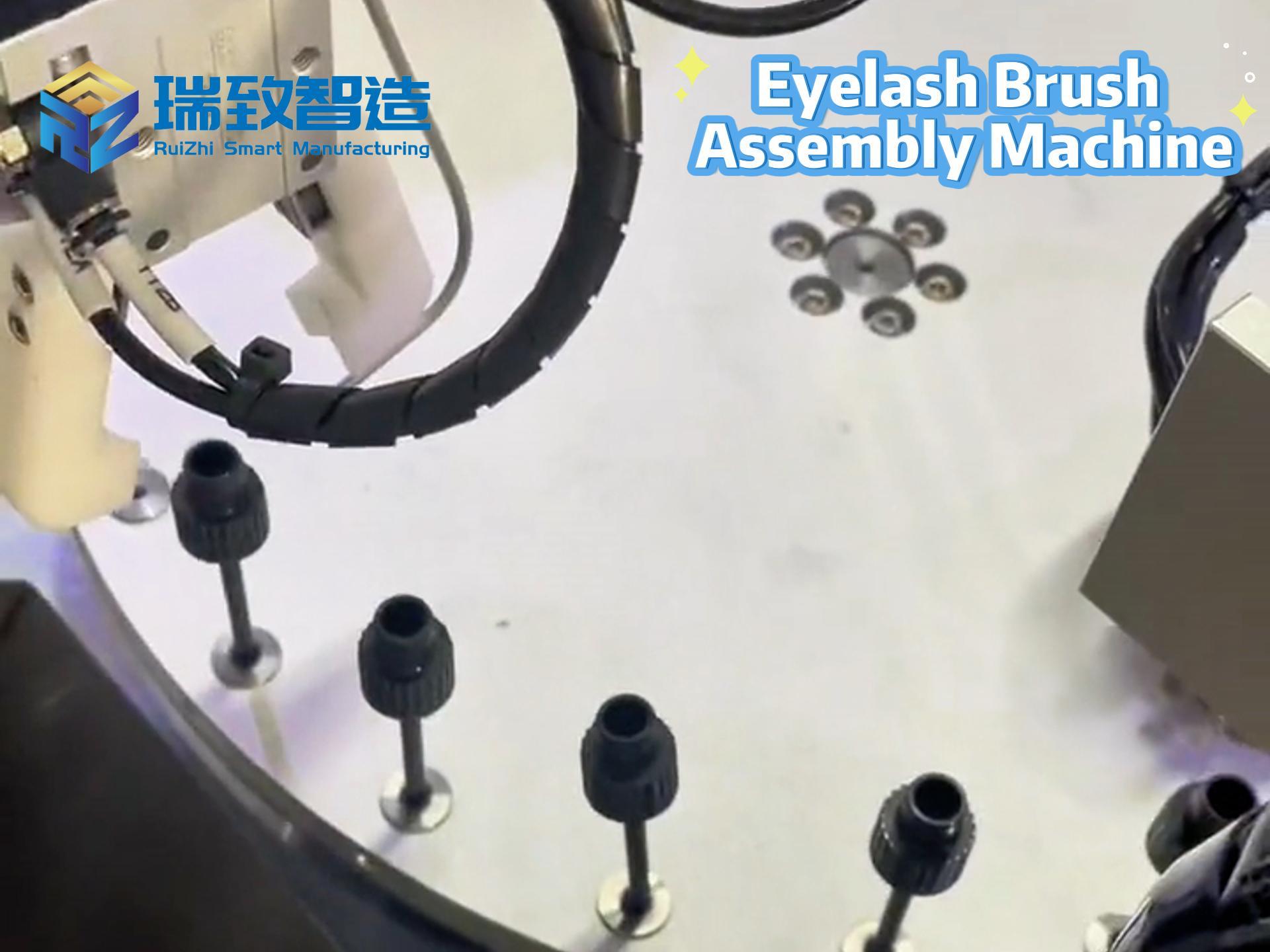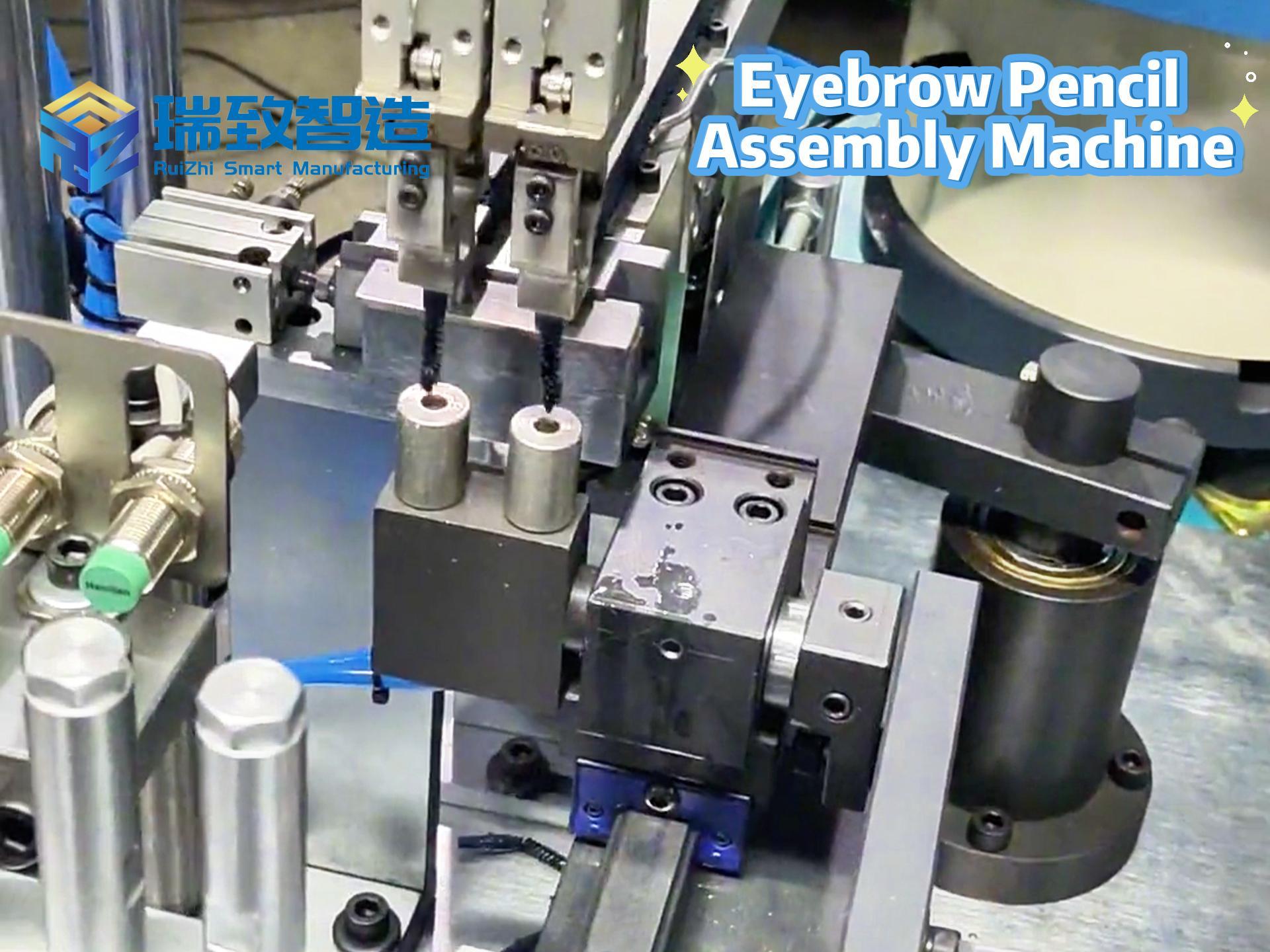
In the intricate web of manufacturing, where efficiency and consistency define market competitiveness, the final steps of material handling—arranging, orienting, and packaging products—often become the make-or-break in meeting demand. Enter Automatic Material Arranging and Packaging Equipment:an integrated solution that merges robotics, machine vision, and adaptive controls to transform chaotic streams of parts into neatly organized, ready-to-ship packages. From tiny electronic components to bulk consumer goods, this technology is redefining how industries handle the critical transition from production to distribution.
The Limitations of Manual and Semi-Automated Processes
Traditional material arranging and packaging rely heavily on manual labor or rigid mechanical systems, both of which struggle to keep pace with modern manufacturing needs. Manual sorting, for instance, is plagued by inconsistency—human workers may misalign parts, miss defects, or slow down during long shifts—leading to increased scrap rates and delayed deliveries. For small or delicate items (e.g., screws, jewelry, or pharmaceutical tablets), the risk of damage or contamination rises exponentially with human handling.
Semi-automated systems, while faster, lack flexibility. Reconfiguring them to handle new product sizes, shapes, or packaging formats often requires time-consuming mechanical adjustments, making them ill-suited for industries with frequent product variations, such as e-commerce or seasonal goods manufacturing. These inefficiencies not only hike operational costs but also hinder the ability to adapt to sudden market demands.
How Automatic Material Arranging and Packaging Equipment Works
At its core, this equipment is a symphony of three key technologies, working in tandem to deliver speed, precision, and adaptability:
Dynamic Material Handling Modules
These modules—equipped with vibrating feeders, conveyor belts, or robotic arms—receive unorganized materials (bulk or randomly oriented) and prepare them for processing. Vibrating feeders, for example, use controlled oscillations to align small parts like nuts or capacitors into a single file, while robotic arms with custom grippers (vacuum cups, mechanical fingers) gently handle fragile items like glass vials or cosmetic containers.
AI-Powered Vision Systems
High-resolution cameras and machine learning algorithms act as the “eyes” of the system, identifying product dimensions, orientation, and even surface defects in real time. This allows the equipment to distinguish between similar parts (e.g., left- vs. right-handed screws) and adjust handling accordingly, ensuring uniform arrangement in trays, boxes, or blister packs.
Adaptive Packaging Units
Once materials are properly arranged, integrated packaging units take over—whether folding cartons, sealing bags, or placing items into shrink-wrapped trays. These units are programmable via touchscreen interfaces, enabling quick switches between packaging formats (e.g., from 10-piece to 20-piece boxes) without mechanical overhauls.
Key Advantages: Beyond Speed and Consistency
The impact of automatic material arranging and packaging equipment extends far beyond basic automation:
Precision at Scale: With repeatable accuracy of ±0.1mm, the equipment eliminates misalignment and ensures uniform packaging—critical for industries like electronics, where components must fit into exact slots during assembly.
Flexibility for Varied Products: Whether handling 0.5mm microchips or 10cm toy parts, the system adapts to size and shape changes via software adjustments, reducing changeover time from hours to minutes.
Defect Detection: Integrated vision systems flag damaged or non-compliant items (e.g., cracked tablets, scratched metal parts) during processing, minimizing waste and ensuring only quality products reach customers.
Labor and Cost Savings: By automating repetitive tasks, manufacturers reduce reliance on manual labor, cutting workforce costs by up to 40% while avoiding errors that lead to rework or returns.
Compliance and Traceability: For regulated industries (pharmaceuticals, medical devices), the equipment logs data such as batch numbers, packaging times, and defect rates, simplifying audits and meeting FDA or ISO requirements.
Real-World Applications Across Industries
This versatile technology finds use in diverse sectors, each leveraging its unique strengths:
Electronics Manufacturing: Arranging and packaging surface-mount resistors, connectors, or circuit boards into anti-static trays, ensuring safe transport to assembly lines.
Food and Beverage: Sorting and packaging small snacks (nuts, candies) into portion-controlled bags, with vision systems checking for foreign particles.
Pharmaceuticals: Orienting and placing pills, capsules, or medical syringes into blister packs, with 100% inspection to ensure dosage accuracy.
Automotive Parts: Organizing small fasteners (bolts, washers) into labeled trays for just-in-time delivery to assembly stations, reducing inventory clutter.
Overcoming Adoption Barriers
While the benefits are clear, adopting automatic material arranging and packaging equipment requires addressing key challenges. Initial investment costs can be significant, but most manufacturers recoup expenses within 18–24 months through labor savings and reduced waste. Integration with existing production lines may require minor adjustments to conveyors or feeding systems, though modular designs simplify this process.
Training operators to program and maintain the equipment is another consideration, but user-friendly interfaces—often with drag-and-drop programming—make it accessible even to non-technical staff. Additionally, many suppliers offer remote monitoring and predictive maintenance, minimizing downtime and ensuring continuous operation.
The Future: Smart, Connected, and Sustainable
As Industry 4.0 evolves, these systems are becoming smarter and more interconnected. IoT-enabled sensors will soon monitor energy usage and material flow in real time, optimizing resource efficiency. AI algorithms will learn from production data to predict maintenance needs, preventing breakdowns before they occur. Meanwhile, eco-friendly features—such as recyclable packaging compatibility and energy-efficient motors—will align with global sustainability goals.
For manufacturers, automatic material arranging and packaging equipment is no longer a luxury but a strategic imperative. In a market where speed, precision, and adaptability determine success, this technology bridges the gap between production and distribution, ensuring products reach customers faster, with higher quality, and at lower cost. As innovation accelerates, its role in shaping efficient, sustainable manufacturing will only grow stronger.

